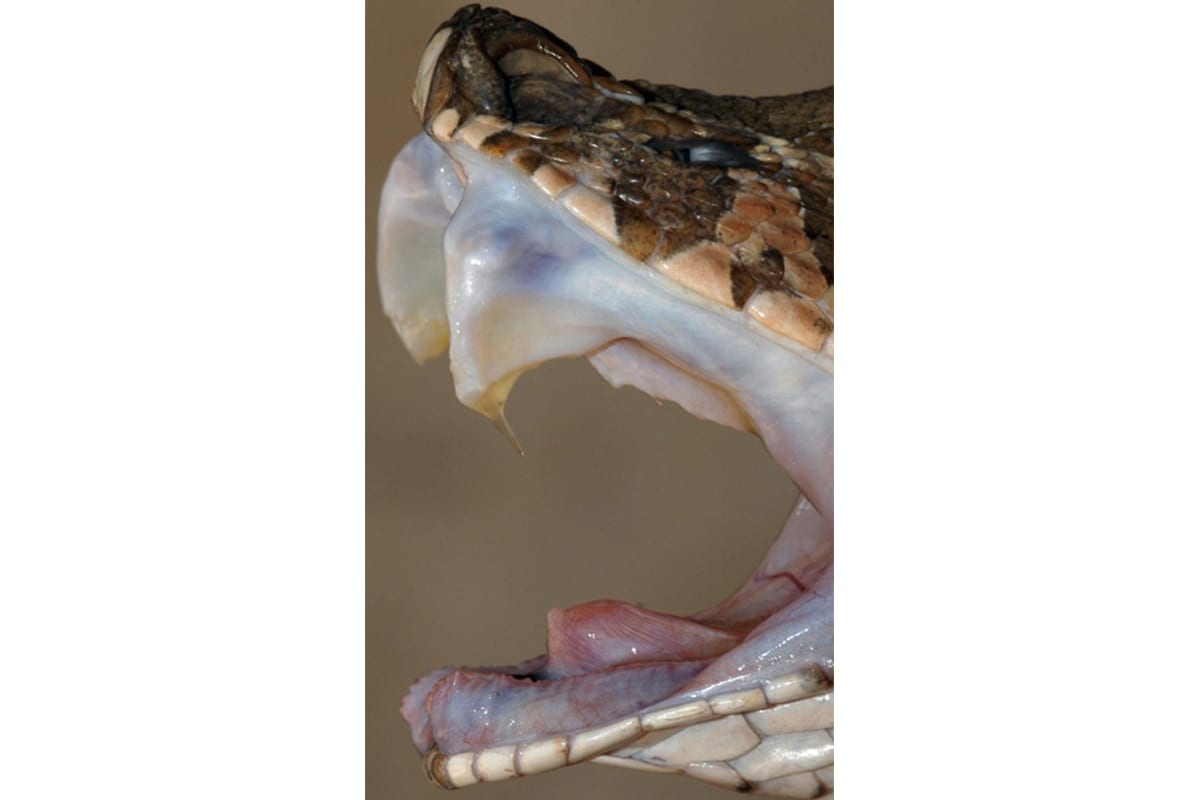Venomous Snakebites: A Neglected Tropical Disease
December 21, 2011

DA Warrell
Two recent studies reveal that getting bitten by a snake is a far greater problem than people have been led to believe.
Official World Health Organization statistics are that snakebites result in 100,000 deaths each year around the world and 300,000 cases of permanent disability.
But a recent study found that 46,000 people die every year from snakebites in India alone—a far cry from the mere 2,000 such deaths officially reported. Another study in Bangladesh found 6,000 deaths due to snakebites every year and a whopping 700,000 snakebites overall—totals that also far exceed that country’s official estimates.
Both studies were part of a symposium on snakebites discussed at the annual meeting of the American Society of Tropical Medicine and Hygiene (ASTMH), a Burness client.
Why the discrepancy?
Simply put, because many victims die or find alternate care before reaching established medical facilities, which are often too far away or too expensive.
The Bangladeshi study, for example, found that only 3 percent of those with snakebites went directly to a physician or hospital, while 86 percent saw a “snake charmer.”
“In the 21st century, snakebite is the most neglected of all the neglected tropical diseases,” David Warrell from University of Oxford told the Times of India. “The deaths and suffering from venomous snakebites remain largely invisible to the global health community.”
At the ASTMH meeting, scientists and researchers discussed promising efforts to help address the problem. Among these: a community-wide education program in Nepal, which has enlisted volunteer motorcycle drivers to rush snakebite victims to participating 24-hour treatment centers. In addition, leaflets are distributed to villagers explaining basic precautions people can take to limit risks from snakebites.
An analysis of the program found that the death rate due to snakebites dropped from 10.5 percent to almost nothing (0.5 percent), and the overall number of people bitten by snakes dropped dramatically—from 305 snakebites 14 months before the program to just 187 snakebites after its inception.
The program has since been expanded to 40 villages in Nepal, and researchers are hopeful it can be replicated in India and elsewhere.
